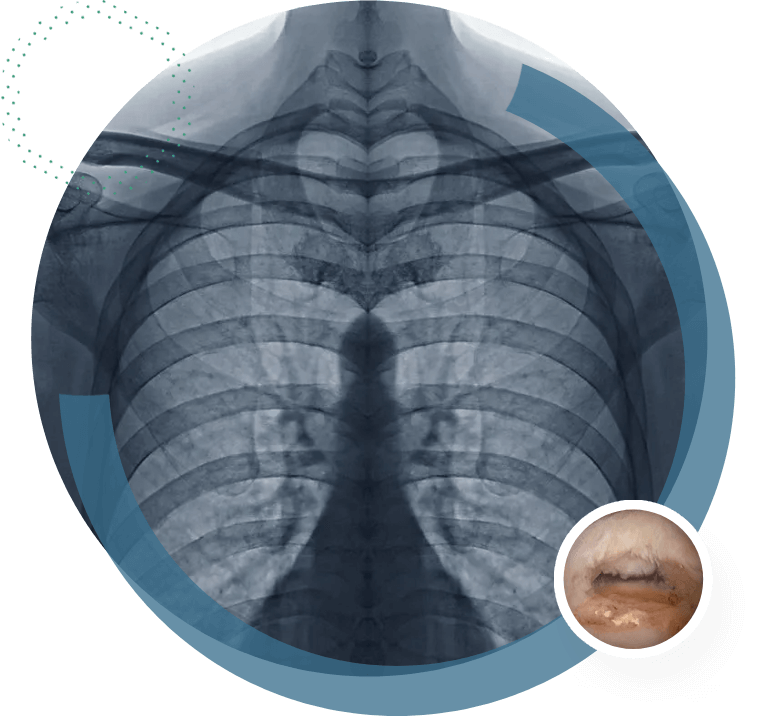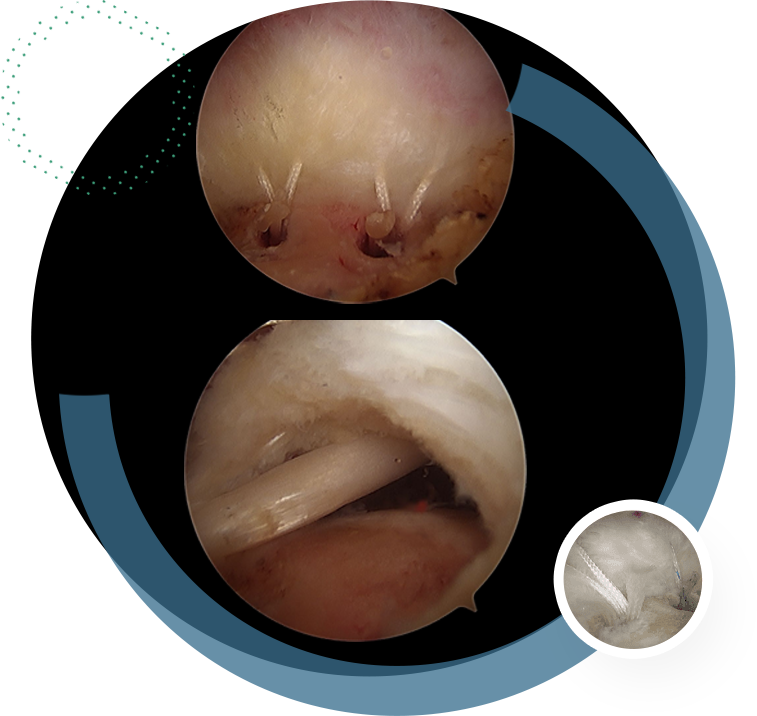Rotator Cuff Repair Surgeon in San Diego, CA

Top-Rated Rotator Cuff Repair Surgery with Dr. Ben DuBois
Rotator cuff injuries—whether from sports, overuse, or aging—require precise diagnosis and treatment. Dr. DuBois is a board-certified orthopedic surgeon with a deep focus on shoulder conditions. He’s dedicated his career to mastering the latest minimally invasive techniques, ensuring faster recovery times and less postoperative discomfort for his patients. His reputation as a leading shoulder surgeon in San Diego stems from his commitment to excellence and his ability to tailor treatments to each individual’s needs.
During your consultation, Dr. DuBois takes the time to explain your injury, review imaging like MRIs or X-rays, and discuss whether rotator cuff repair surgery is right for you. For some, nonsurgical options like physical therapy may suffice, but when surgery is necessary, you’re in expert hands. His goal? Getting you back to the activities you love—whether that’s swinging a golf club, lifting weights, or simply reaching overhead without pain.
What is Rotator Cuff Repair Surgery?
The rotator cuff is a group of muscles and tendons that stabilize the shoulder joint and allow for smooth movement. When these tendons are torn due to injury, overuse, or degeneration, surgery may be necessary to restore proper function. Rotator cuff repair surgery involves reattaching the torn tendon to the bone using advanced surgical techniques, including minimally invasive arthroscopic surgery for a faster and more effective recovery.
Common causes of rotator cuff tears include:
- sports injuries
- repetitive overhead movements
- age-related wear and tear
- traumatic incidents such as falls or accidents
Without treatment, a torn rotator cuff can worsen over time, leading to chronic pain and limited mobility.
Benefits of Rotator Cuff Repair Surgery
Patients who undergo rotator cuff repair surgery in San Diego with Dr. Ben DuBois often experience significant pain relief and improved shoulder function. Restoring strength and range of motion allows patients to return to daily activities, work, and sports with greater ease. Minimally invasive techniques also help reduce recovery time and lower the risk of complications, making the procedure a preferred option for many patients.
Am I a Candidate for Rotator Cuff Repair Surgery?
You may be a candidate for rotator cuff surgery if you have persistent shoulder pain that does not improve with nonsurgical treatments or experience weakness and difficulty lifting your arm. A confirmed rotator cuff tear through imaging tests, as well as difficulty sleeping due to shoulder discomfort, are also indicators that surgery may be beneficial. Dr. Ben DuBois will conduct a thorough evaluation, including imaging and physical assessments, to determine the best treatment plan for your condition.
Tearing the Rotator Cuff
The rotator cuff is integral in most upper body activity and weakens the shoulder significantly when injured. An injured rotator cuff limits a patient’s range of motion, causes pain during movement, and makes simple tasks, such as buttoning a shirt, painful and difficult.

Treatment Options for Rotator Cuff Tears
Many patients are able to treat their rotator cuff injuries non-surgically through a series of conservative treatments that aim to alleviate the stress placed on the rotator cuff muscles by strengthening the surrounding components. Conservative treatments include, but are not limited to:
While conservative treatments avoid complications that might arise from surgery, they may not completely solve the issue. Because the injury is not being actively treated, the tear size may also increase over time. Additionally, due to personal concerns, many patients may not see activity modification as a feasible solution.
What to Expect from Rotator Cuff Repair in San Diego
Rotator cuff repair is a procedure to fix torn tendons in the shoulder, often performed arthroscopically for minimal scarring and quicker healing. Dr. DuBois uses state-of-the-art technology to reattach the tendon to the bone, ensuring stability and function are restored. Here’s what sets his approach apart:

Client Testimonials
A Trusted Name in Shoulder Care
Dr. DuBois isn’t just a surgeon—he’s a problem-solver who’s passionate about helping people overcome shoulder injuries. With a track record of successful rotator cuff repairs, he’s earned the trust of athletes, weekend warriors, and everyday folks across San Diego. His practice at Grossmont Orthopedics is built on a foundation of cutting-edge care and genuine compassion, making him the go-to choice for rotator cuff repair in San Diego.
Why Choose Dr. DuBois for Rotator Cuff Repair Surgery in San Diego?
Take the First Step Toward Relief
As a highly skilled San Diego orthopedic surgeon, Dr. Ben DuBois is renowned for his expertise in shoulder surgery and rotator cuff repair. Patients trust Dr. DuBois for his specialized experience in advanced arthroscopic and minimally invasive procedures, personalized treatment plans tailored to each patient, and commitment to the latest surgical techniques for optimal results.
Schedule Your Consultation with Dr. Ben DuBois
If you're considering rotator cuff repair surgery in San Diego, don't let shoulder pain limit your quality of life. Dr. Ben DuBois and his dedicated team are here to provide expert care and help you regain full shoulder function.
Contact us today to schedule a consultation and take the first step toward a pain-free, active lifestyle.
Schedule Your Appointment Today
Phone: (619) 462-3131
Fax: (619) 462-1731
Mon - Thu: 8:00 AM - 5:00 PM
Fri: 8:00 AM - 2:00 PM
Sat & Sun: ClosedDr. DuBois sees patients from all over the San Diego, CA area, including Rancho Santa Fe, Chula Vista, San Marcos, La Mesa, Alpine, Escondido, La Mesa, Point Loma, Poway, La Jolla, Del Mar, Encinitas, Carlsbad, Rancho Bernardo, Vista, and Oceanside.
Our office is closed on most major holidays.
